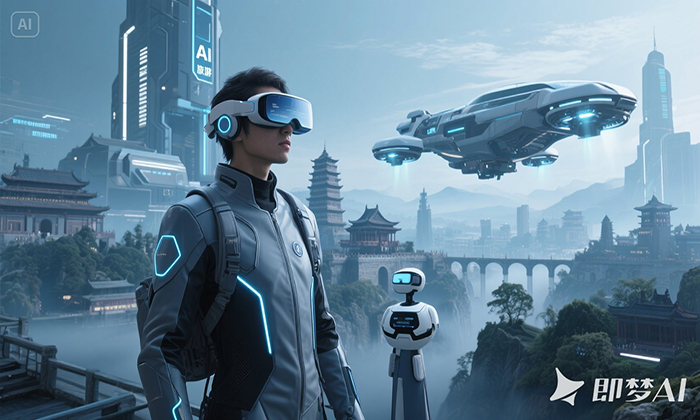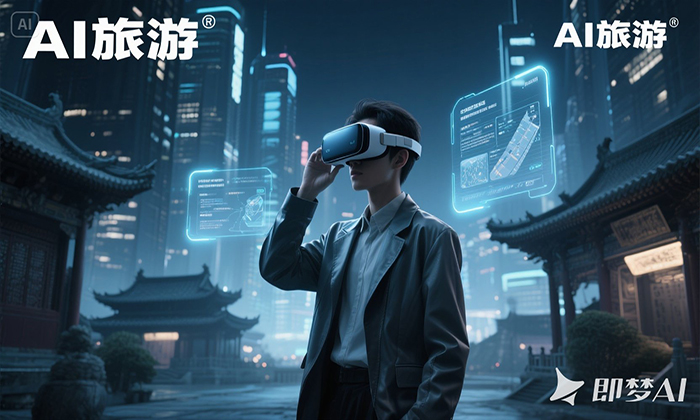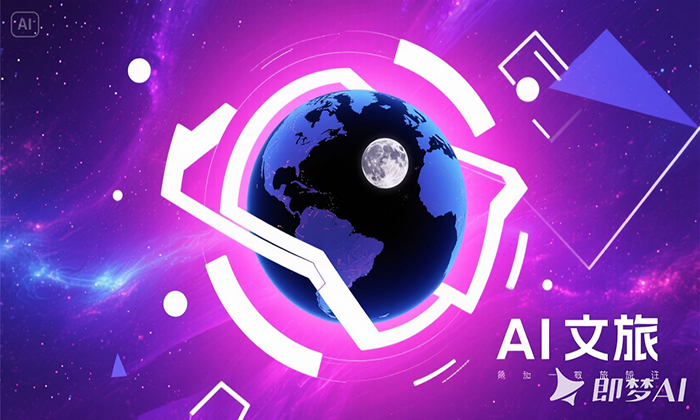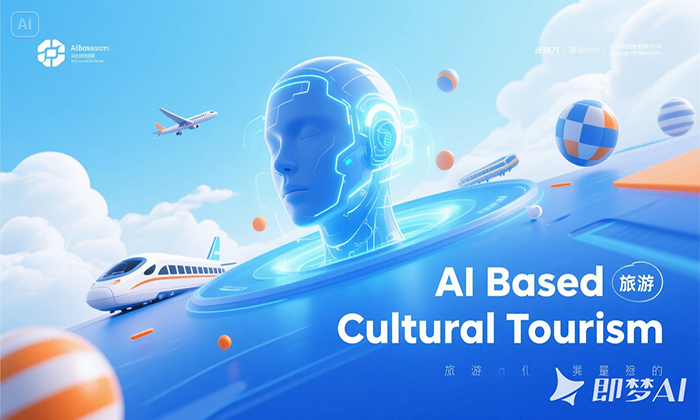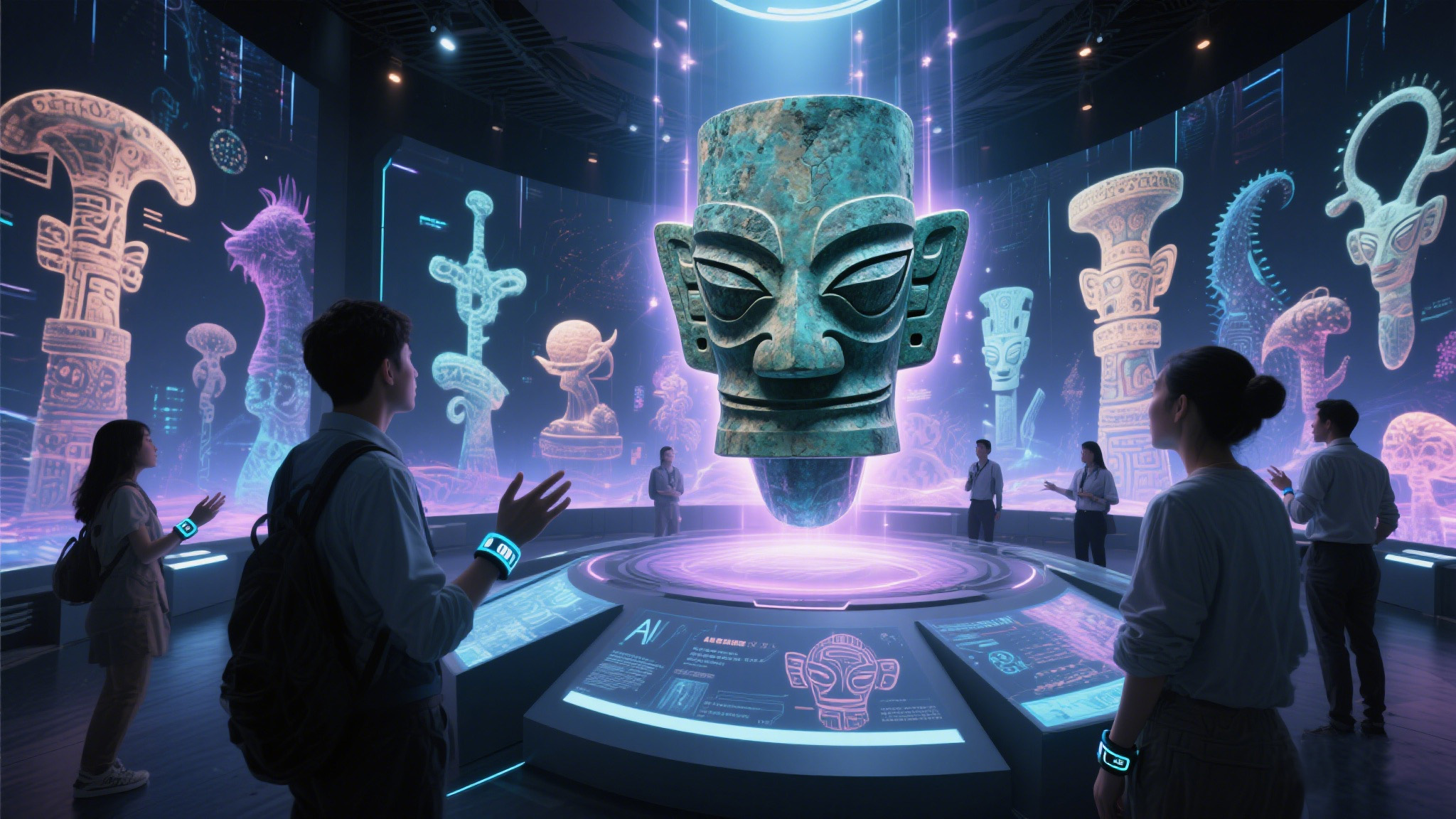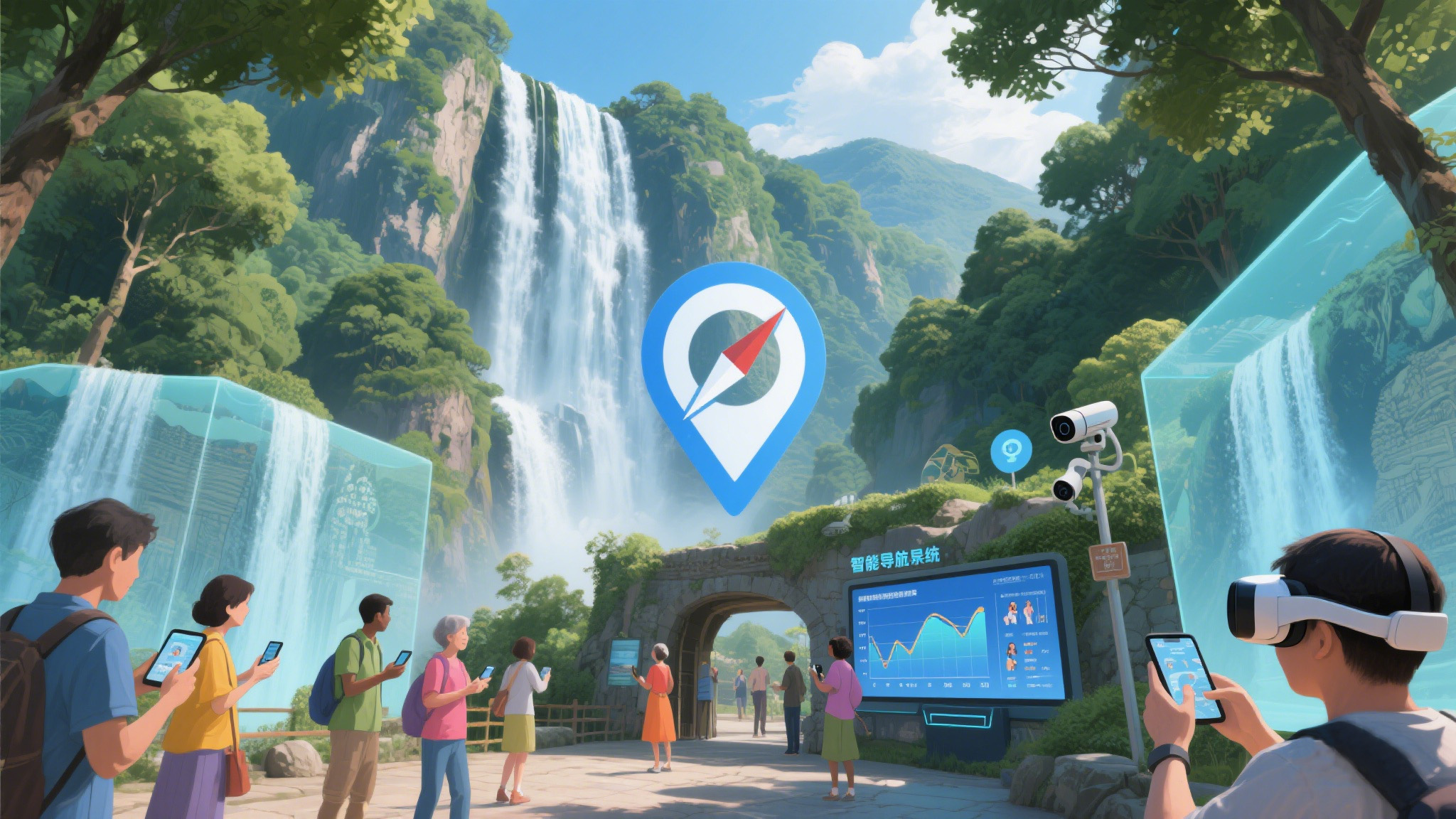The Inevitable AI Transformation in Cultural Tourism: Necessity and Advantages
I. The Inevitability of AI Adoption
-
Technological Imperatives
-
Knowledge Explosion & Digital Natives: With human knowledge doubling every 12 hours, AI curates and contextualizes information overload, catering to Gen Z travelers who demand instant, interactive engagement39. Tools like AI-generated videos (e.g., OpenAI’s Sora) enable virtual previews of destinations, reducing decision fatigue8.
-
Workforce Readiness: 85% of post-2025 jobs require AI collaboration skills. Tourism professionals must mirror this digital fluency to remain relevant3.
-
-
Economic Necessities
-
Cost Efficiency: AI automation reduces operational expenses by 30%–40%. For instance, "AI tour guides" like Hunan’s "Pocket Guide" cut staffing costs while providing 24/7 services45.
-
Crisis Resilience: During conflicts (e.g., Sudan 2023), UNICEF’s AI radio schools delivered education to 220,000 displaced children, proving AI’s role in sustaining accessibility during disruptions3.
-
-
Policy Acceleration
-
China’s "AI+" national strategy and provincial initiatives like Guizhou’s AI Tourism Smart Body (2025) demonstrate governmental push. Guizhou’s project integrates multilingual guides, predictive analytics, and real-time itinerary optimization6.
-
The Smart Tourism Innovation Plan (2024–2027) mandates AI-driven infrastructure upgrades nationwide, targeting enriched tourist experiences by 20275.
-
II. Advantages of AI in Cultural Tourism
-
Hyper-Personalized Experiences
-
Adaptive Services: AI algorithms analyze user behavior to tailor recommendations. Example:
-
Huangshan’s AI Smart Body generates real-time routes based on visitor location and fatigue levels, boosting satisfaction by 28%5.
-
Guizhou’s AI Smart Body offers multilingual custom itineraries, increasing international visitor retention by 34%6.
-
-
-
Immersive Cultural Revitalization
-
"Five Transformations" Framework: AI bridges historical gaps by:
-
Making the invisible visible: Reconstructing mythical scenes (e.g., Shan Hai Jing legends) via VR9.
-
Animating static artifacts: Hunan’s "Shan Hai" App enables 3D文物 interactions, allowing users to "restore" ancient pottery digitally4.
-
Resurrecting lost eras: AI recreates Song Dynasty marketscapes in Kaifeng, enhancing contextual understanding9.
-
-
-
Operational Optimization
-
Smart Management: AI platforms like Chenbang Data’s IoT systems unify scattered data (e.g., visitor flow, ticket sales), predicting congestion and automating resource allocation. This reduces peak-hour wait times by 50%2.
-
Labor Redistribution: AI handles 75% of routine queries (e.g., Huangshan’s chatbot), freeing staff for high-value tasks like cultural interpretation5.
-
-
Marketing and Accessibility Revolution
-
AI-Generated Content: Tools like Wanxing "Tianmu" produce multilingual promotional videos for destinations (e.g., Hengshan Mountain) in minutes, slashing production costs by 70%4.
-
Global Reach: AI avatars (e.g., Wanxing Bobo) act as 24/7 multilingual ambassadors, boosting international arrivals. Post-AI campaigns, Hunan saw a 40% surge in foreign tourists4.
-
-
Sustainable and Inclusive Growth
-
Democratizing Access: Kenya’s Eneza Education delivers SMS-based tutoring ($0.10/week), while Brazil’s solar-powered AI tablets serve favela communities310.
-
Elderly/Disabled Inclusion: Google’s Project Euphonia enables nonverbal visitors to communicate with 89% accuracy; voice-activated guides assist visually impaired tourists310.
-
III. Challenges and Ethical Considerations
-
Privacy and Security Risks
-
Data leaks remain critical. Solutions like IBM’s AI Fairness 360 audit algorithms quarterly, while EU-style regulations (e.g., anonymization mandates) are emerging28.
-
-
Human-AI Balance
-
Over-reliance on AI risks "service deskilling." As Xu Jiuping (CPPCC) warns, "Efficiency must not sacrifice empathy." Hybrid models (e.g., human "empathy coaches" + AI logistics) preserve warmth810.
-
-
Digital Divide
-
Rural areas lack AI infrastructure. Rwanda’s drone-delivered tablets and China’s "Digital Vouchers" subsidize connectivity for 12 million low-income households310.
-
IV. Future Trajectory: Towards Symbiotic Ecosystems
By 2030, AI will power three evolutionary shifts:
-
Phase 1 (2025–2027): AI assistants dominate logistics (e.g., bookings, translations)6.
-
Phase 2 (2028–2029): Adaptive AI curriculums reshape heritage education9.
-
Phase 3 (2030+): Human "cognitive coaches" lead AI-augmented experiences, blending creativity with machine precision3.
Key Statistics at a Glance:Conclusion: Embracing the Inevitable
AI in cultural tourism is not merely a tool but a paradigm shift—enabling personalized access to millennia-old heritage while ensuring sustainability. As Sun Xiaorong notes, "AI dissolves barriers between history and the present, making ‘poetry and distance’ touchable."9. For stakeholders, resistance invites obsolescence; strategic adoption promises unprecedented inclusivity and innovation. The future belongs to those who harness AI not to replace humanity, but to amplify its deepest cultural resonance.
Metric Impact Source
Operational cost reduction 30–40% 5
International tourist growth 40% (post-AI campaigns) 4
Visitor satisfaction increase 28% (personalized AI) 5
Displaced children reached 220,000 (AI education) 3
For further case studies (e.g., Guizhou’s AI Smart Body, Hunan’s Pocket Guide), consult the cited sources.







